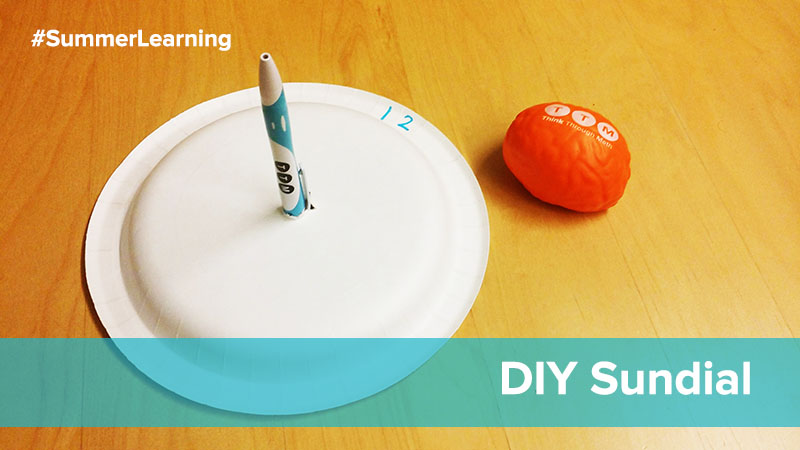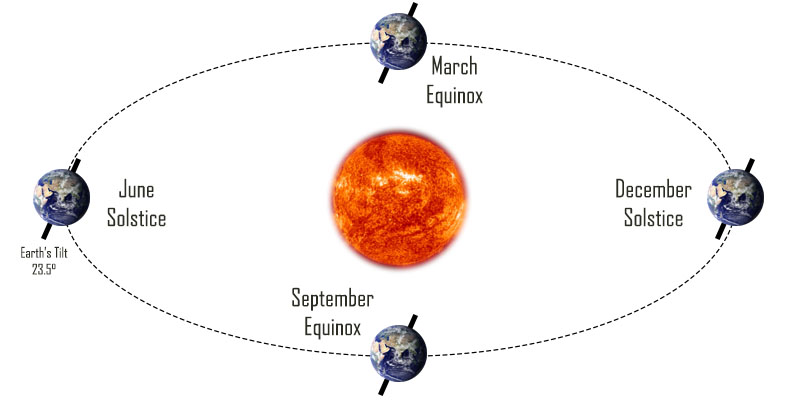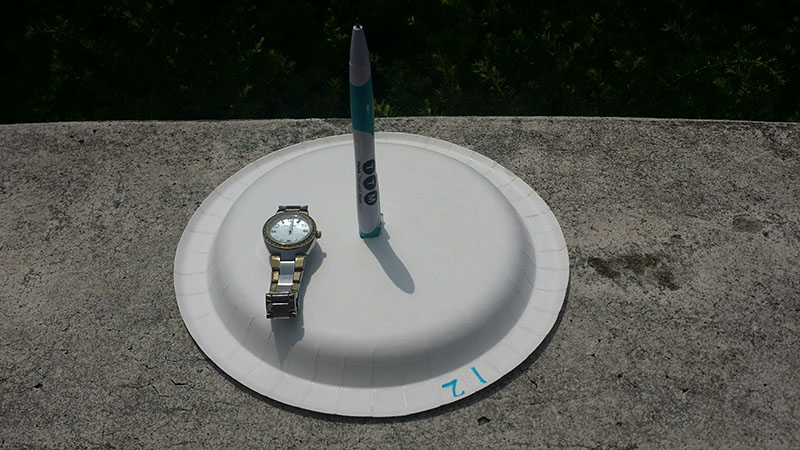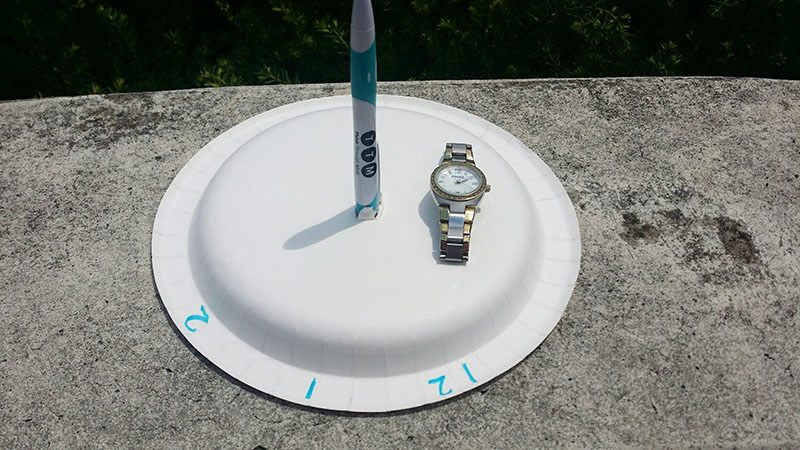
Today is the first day of summer–also known by astronomers, scientists, and mathematicians as the Summer Solstice. The June Solstice takes place each year between June 20th and June 22nd and means that the Earth is farthest from the Sun on that day. This also makes students on summer vacation happy as there are more hours of sunlight to enjoy!

Sundials have been used to tell local solar time for thousands of years, with earliest archaeological evidence dating back to ancient Egyptian and Babylonian times. Various forms of the sundial were widely used by government, commerce, and households up until the coming of the railroad age in the mid-1800s, which introduced standard time and time zones.

There are many types of sundials including horizontal, vertical, equatorial, polar, analemmatic, reflected, and portable dials. For the sake of simplicity, we won’t focus on the accuracy of our sundial or worry about pointing north as we just want to show students how the process works.
In order to create your homemade sundial, you will need a paper plate or piece of paper, marker or crayon, straw (may also use a pen or pencil) to be used as the gnomon, and direct sunlight.
Note: This is much trickier on a cloudy day.
Step 1: Prep Work
The concept of a sundial is best illustrated if started before noon. Use a pencil or something thin and sharp to poke a hole through the center of the paper plate and act as your gnomon. Then write the number 12 on the outer edge of the plate.
Step 2: Set the Dial
At noon, place the sundial in direct sunlight so that the shadow projected by the gnomon is pointing toward the number 12. Slant the gnomon toward the number slightly and leave your sundial for about an hour.
Step 3: Question and Answer
Ask students where they think the shadow will be at 1 pm. Mark the board with their guesses.
Step 4: Time Check
Come back at 1 pm and check to see how accurate students’ guesses were. Mark the actual place for 1 pm and have students guess again for 2 pm and so on.
This summer learning activity was designed as a fun and simple project to keep students thinking mathematically and scientifically over summer vacation while helping to make the connection between science and Nature.


Source:National Wildlife Federation – “Make a Sundial from a Plate”
What other fun math-related projects will you do this summer? Share your ideas in the comments below.


